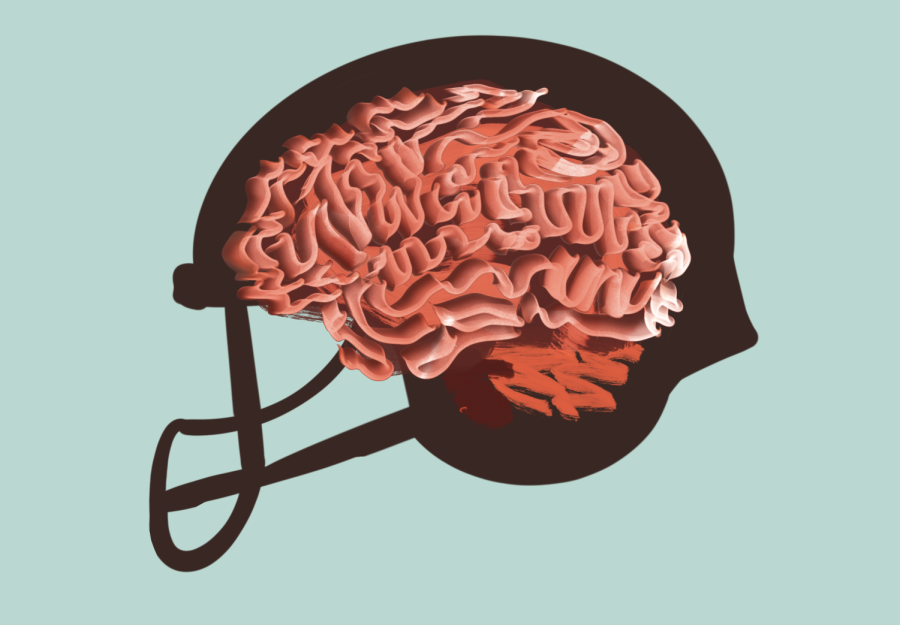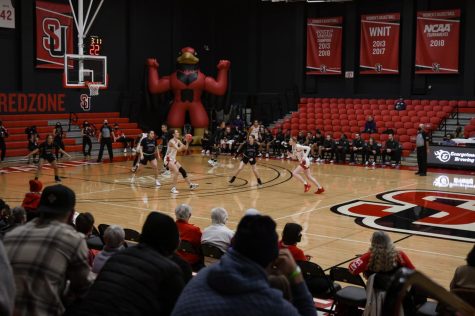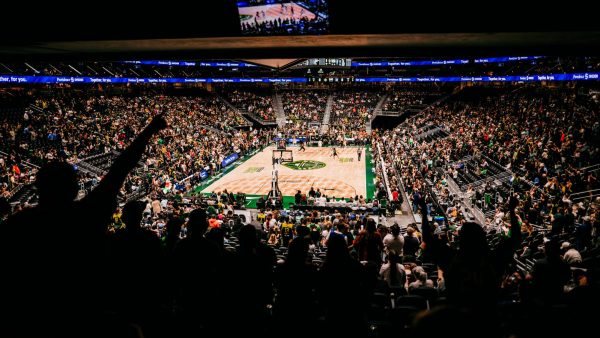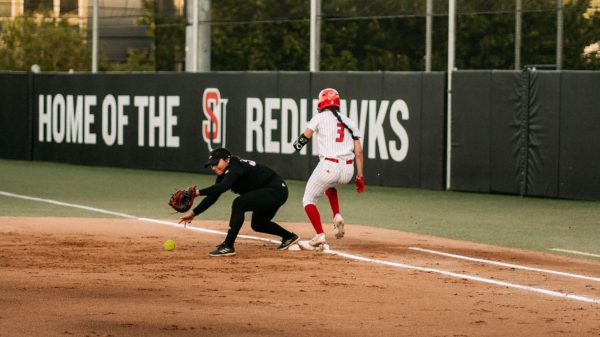Concussions in Sports: How Sports Teams Care for Athletes
The Miami Dolphins played the Buffalo Bills at Hard Rock Stadium, Sept. 25. During the second quarter, Dolphins’ quarterback Tua Tagovailoa was shoved to the ground by Bills linebacker Matt Milano after completing a pass. Game footage reveals when Tagovailoa stood back up, he appeared discombobulated, almost falling down at one point. After being taken off the field and examined by the team’s medical staff and an unaffiliated neurotrauma consultant, Dolphins head coach Mike McDaniel assured the media that Tagovailoa was okay to continue the game, claiming his stumbling was the result of a back injury he suffered earlier in the game. He was allowed back on the field at halftime, where he aided in the Dolphins’ 21-19 win over the Bills.
In a joint statement, the National Football League (NFL) and the National Football League Players Association (NFLPA) claimed in the four days leading up to the Dolphins’ face-off against the Cincinnati Bengals, Tagovailoa did not exhibit “any signs or symptoms of a concussion.”
However, during the second quarter of the Thursday Night Football game against the Bengals, Sept. 29, Tagovailoa attempted to make a pass as Bengals defensive lineman Josh Tupou hurled him onto the ground. Unlike his previous injury, Tagovailoa was incapable of sitting up as he lay on the ground for several minutes with his hands curled up in a “fencing position.” Medical services arrived at Paycor Stadium and wheeled Tagovailoa off on a stretcher, where he was hospitalized at the University of Cincinnati Medical Center.
In the days following the incident, the neurotrauma consultant was fired. When approached about their handling of Tagovailoa’s injuries, the NFL and NFLPA claimed medical services followed all the necessary procedures when diagnosing him. However, they are in the process of modifying the NFL’s concussion protocol to better ensure the safety of players. One of these modifications is the addition of the term “ataxia,” a neurological sign which affects balance, motor coordination and speech, to the list of “no-go” symptoms. This means that if players experience these symptoms, they can no longer enter the game.
Since the incident, sports fans and medical professionals have criticized the Dolphins’ and NFL’s handling of Tagovailoa’s concussions, with fans and commentators saying he should have been pulled from the Sept. 25 game regardless of the initial back injury claims.
The conversation surrounding protecting athlete cognitive health is spilling outside the realm of professional sports, as the integrity of college and other amateur sports are being considered.
Seattle U Athletics declined to comment about the events surrounding Tagovailoa’s concussion, saying they are not experts in NFL policy and cannot make any speculations. However, the board provided a document that details the protocols both physicians and athletes follow when diagnosing and treating a concussion.
According to the concussion protocol document, Seattle U athletes are not allowed to participate in any activities unless they receive their physician’s approval. When they are cleared to return, they are assessed every 24 hours over the course of five days for recurring symptoms before they are allowed to participate in any competition. Their practice time is also limited and supervised by sports medicine staff.
“If they are in the recovery process, I’m making sure that we’re doing all the things necessary to have them improve to the point where they are not going to reinjure that again,” Watkins said.
Associate Athletic Director Eric Guerra and Watkins have been making an effort to warn athletes about the potential irreversible brain damage athletes could inflict on themselves if they ignore their diagnoses.
“There are two things we really try to drive home, which is ‘say something’ and then trying to make sure they understand the severity of second impact syndrome,” Guerra advocates.
“For us, we really want to create awareness around those two points and then make sure our students fully understand that we return to learn before we ever think about returning to play,” Watkins said.
Athletic injuries are a part of sports. But, refusing to get treated or choosing to continue playing puts players at risk for potentially life-harming injuries. When millions of dollars and entire careers are on the line, the pressures and potential conflicts between entertainment and player safety continue to challenge national sports leagues.







![Josh Gibson Supplants Ty Cobb, Babe Ruth, as Baseball’s Best Hitter [OPINION]](https://seattlespectator.com/wp-content/uploads/2024/05/gettyimages-72075891-600x338.jpg)




Deidre Tello
Oct 21, 2023 at 5:44 pm
Extremely well written! Amazing job!
Angela
Oct 14, 2022 at 3:19 pm
I wouldn’t normally read an article regarding sports, but the headline got me. The article was written well. I’m impressed!